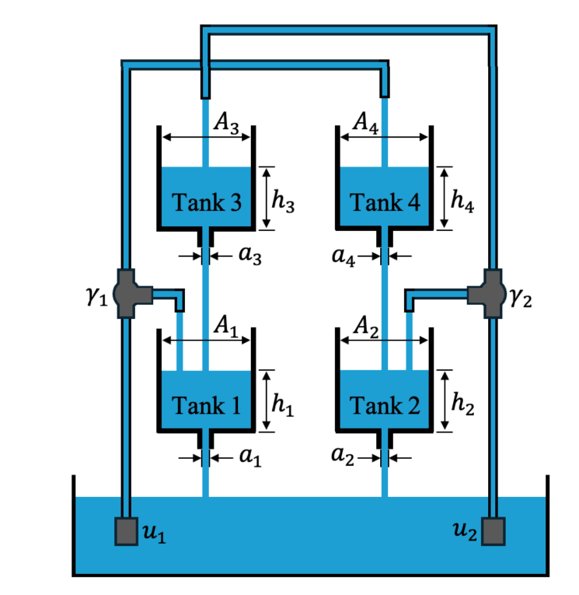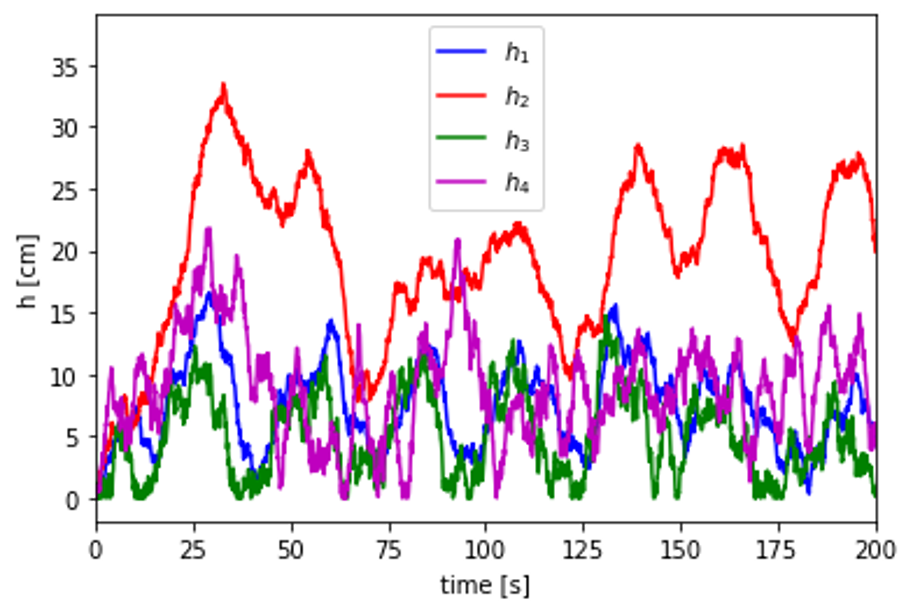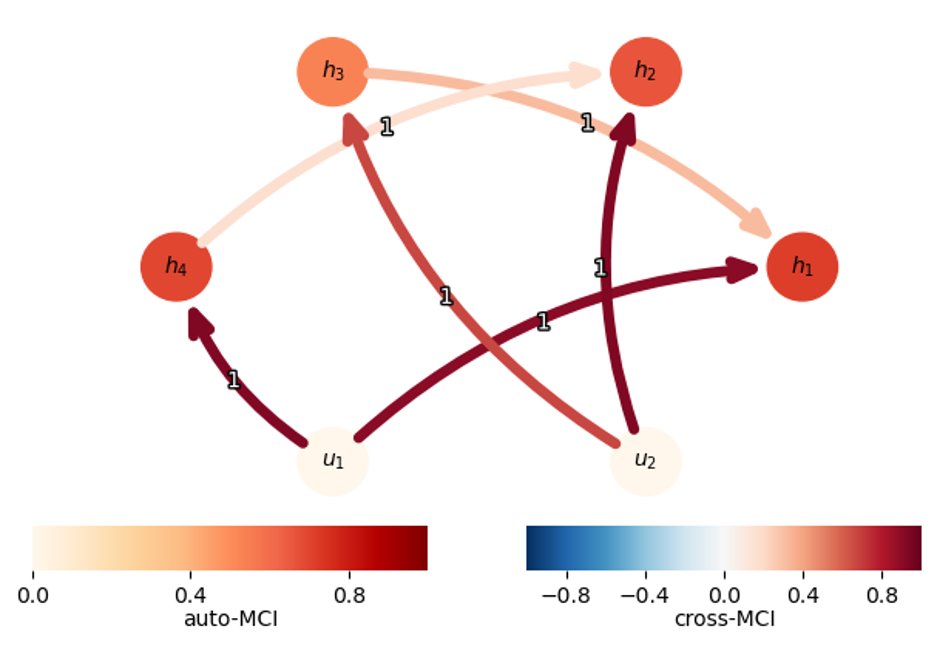Verification, validation, and calibration through causal inference
While typical validation and verification approaches focus
on identifying the associations between data elements using statistical
and machine learning methods, the novel methods in
this paper focus instead on identifying causal relationships between
data elements. Statistical and machine-learning-based
approaches are strictly data-driven, meaning that they provide
quantitative comparison measures between data sets without explicitly
considering the hypotheses behind them. This can lead to
the erroneous conclusion that, if two data sets are close enough,
the models that generated them are similar. In addition, when
experimental and simulated data differ to an extent that fails to
meet the acceptance criteria, calibration techniques are used to
tweak simulation model parameters to reduce the gap between
the two types of data. This produces the false expectation that
a simulation model will match reality. The methods presented
in this paper move away from these strictly data-driven methods
for validation and calibration toward more robust, model-driven
methods based on causal inference. Causal inference aims to
identify the possible mechanisms that might have generated data.
Thus, this analysis targets the prediction of the effects when one
(or more) of the identified mechanisms are altered. There are
many approaches to identify, quantify, and illustrate causal relationships.
Directed graphs are
employed as causal models. If the directed graph lacks cycles,
it is known as a directed acyclic graph. A node in such a graph
represents an observed data element while a directed edge connecting
two nodes represents a causal relationship between two
variables. The developed causal methods are designed to extract
causal models from simulation models and experimental data.
Causal models capture the causal relationships between data elements
(e.g., simulated and experimental data). In this context,
validation and verification are performed by comparing causal
models. The proposed approach does not only inform system
analysts on how a simulation model matches real-world data, but
also identifies elements of the simulation model that should be
revised when discrepancies between simulation and experimental
data are observed. Through these causal methods, analysts
can identify the portion of the model equation(s) that are behind
an edge connecting two variables. Hence, once the structural
differences between causal models have been determined, model
calibration can occur by changing only those model parameters
that impact the identified causal relationships.
Original system

Observed dynamics

Structural causal model
